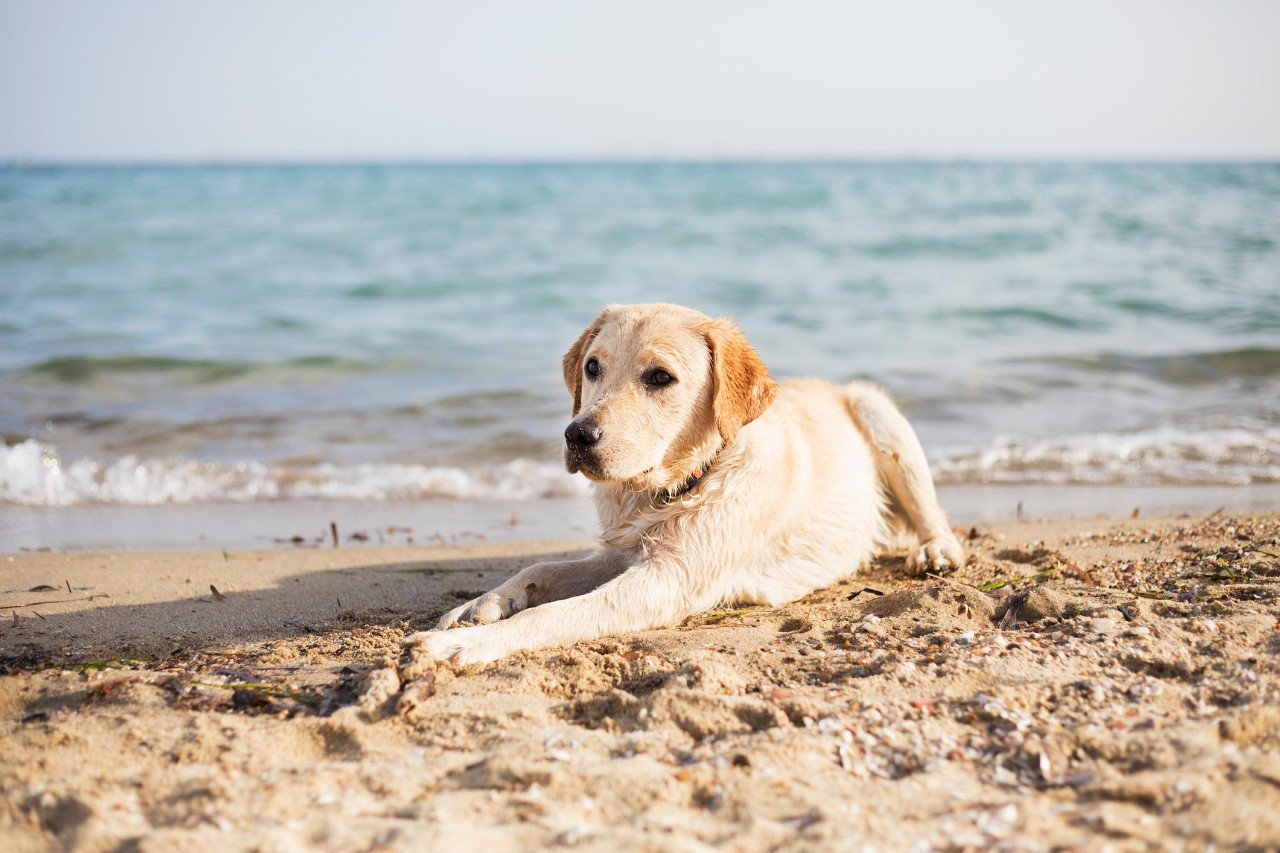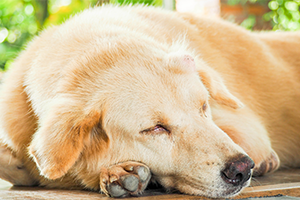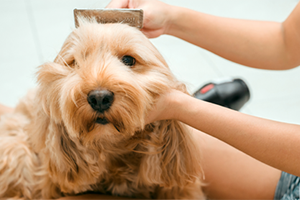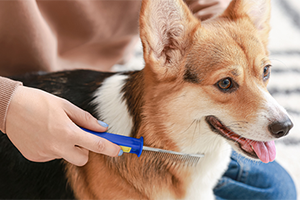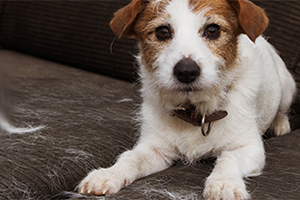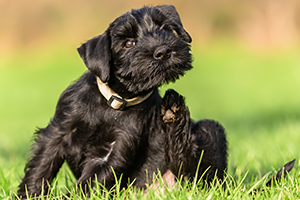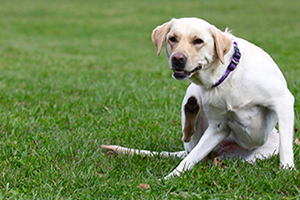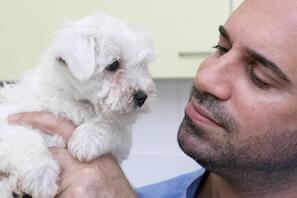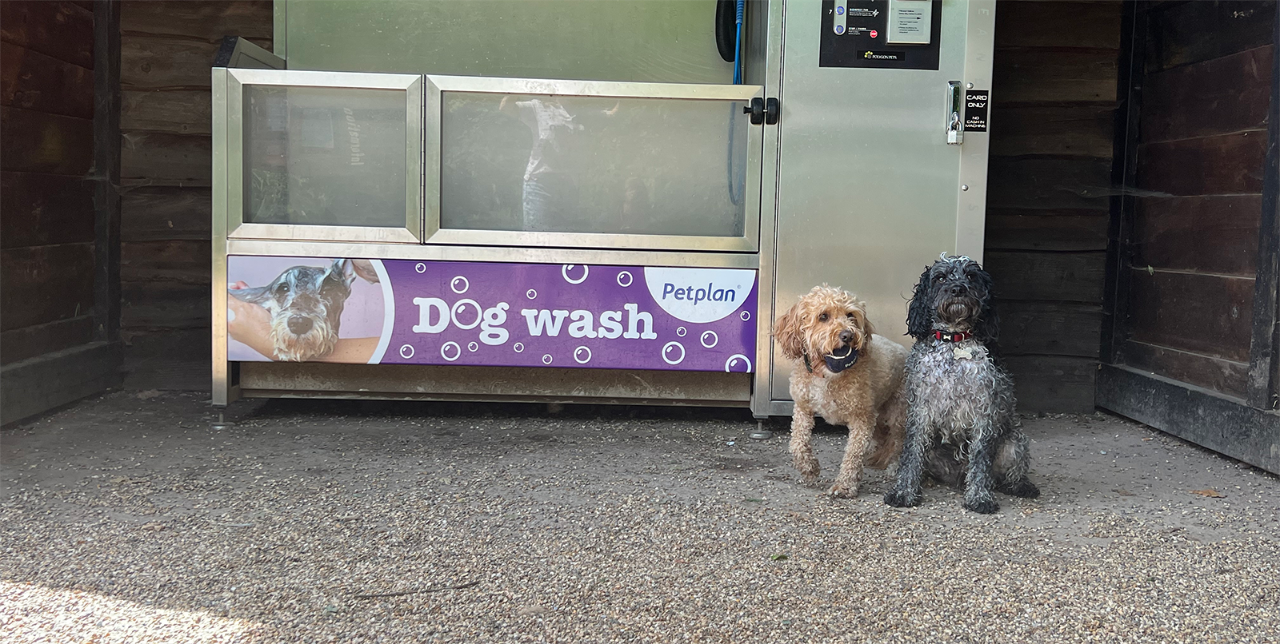Bathing your dog

Quick Links
How often should you bathe a dog?
Washing your dog at least once every three months is a good rule of thumb, but once a month or once a week is fine if they actually need a bath. It all depends on the breed of dog, their activity levels and the environment. A toy breed may be less adventurous (and therefore get less muddy) than a Spaniel or Beagle; a city dog may need fewer baths than one in the country; and a short-haired dog won’t pick up as much muck as a long-haired breed.
Another factor to bear in mind is that dogs secrete natural oils that help them maintain a healthy coat. Washing your dog too often can strip these away, leading to dryness and skin irritation. For breeds such as Border Collies, Cocker and Springer Spaniels, Golden Retrievers and Basset Hounds, which produce a lot of these oils, it’s especially important not to harm the natural waterproofing qualities. And if your dog has a skin condition, your vet will be able to advise on whether bathing your dog regularly will help or hinder them.
Your dog instinctively does a pretty good job of self-cleaning, even if they are not quite as meticulous as a cat! Canine saliva contains useful antibacterial chemicals, and dogs will groom dirt and debris out of their fur by licking or nibbling themselves wherever they can reach. An enthusiastic shake and a bit of rolling around are also natural cleaning habits in dogs.
Keep a watch for obsessive, constant self-cleaning, however. This might be a sign of an underlying health or behavioural issue, so it is worth getting checked out by your vet.
When to bathe your dog
How to give your dog a bath
Many humans love a relaxing bath, but our four-legged pals are often rather less keen. Being plopped into a sink or bathtub and doused or hosed with water can be a startling experience for dogs, and even the most compliant pet often wears an expression of resignation! Make bath times as stress-free as possible for both of you with our dog-bathing tips:
- Soothe an anxious dog with lots of praise and a calming tone of voice. Have a few treats to hand, too, so they associate baths with a reward. This is a great way to help a puppy develop an easygoing attitude to wash days. A ‘licky mat’ filled with dog peanut butter is also recommended to keep them occupied while washing or drying!
- If you can, loosen dirt by brushing your dog’s coat before you turn on the tap.
- Ensure there’s a stable surface for your dog to stand or sit on, so they don’t slide around. That could mean popping a mat in the sink or bath, or a solid tub that doesn’t wobble.
- With larger breeds of dog, it may be easier to manoeuvre them into a walk-in shower, if you have one, or give them a gentle hose down outdoors on warmer days. If opting for the latter, it’s a good idea to keep your dog secured on their lead. A kids’ paddling pool can also be helpful for bathing large dogs.
- Use lukewarm water for your dog’s bath, as extremes of hot or cold can be a shock to their system. A gentle stream of water is better than a powerful jet, which is too harsh, as well as disconcertingly noisy.
- When washing your dog, start with their hindquarters and work forward, so they’re more cooperative when you approach the sensitive tummy, neck and head areas. Massage dog shampoo into their fur for five minutes or so to tackle matted-in grime. Try not to splash soap into their eyes and ears – using a flannel will help.
- Rinse and repeat the whole routine, ensuring no soapy suds remain, and taking care not to direct water into their sensitive ear canal.
Can you use human shampoo on dogs?
How do I dry my dog?
A rub down with an old towel is the easiest and most invigorating way to dry your dog (and likely to trigger a hearty nose-to-tail shake, so stand well back afterwards, or be prepared to get a bit wet!). After that, you can let them air-dry naturally. For shaggy or double-coated breeds, however, you may want to speed up the drying process with a hairdryer. This needs careful handling, as the heat and noise can spook dogs.
First, show them the hairdryer without switching it on. Then, with the power on, hold it away from your dog at first so they get used to the sound, before angling it towards them. Choose the coolest hairdryer setting, and hold the nozzle well away from their fur. It might take more than a few attempts (with praise and treats) to win your dog around to the hairdryer. Alternatively, you could also invest in a dryer made specifically for dogs, or leave it to a groomer to give your dog a good blow dry.
Bathing your dog might not be a favourite pastime for either of you – but keeping it as calming and fun for your pet as possible is sure to pay off.
Petplan is a trading name of Pet Plan Limited (Registered in England No. 1282939) and Allianz Insurance plc (Registered in England No. 84638), Registered office: 57 Ladymead, Guildford, Surrey GU1 1DB.
Pet Plan Limited is authorised and regulated by the Financial Conduct Authority. Financial Services Register No. 311969. Allianz Insurance plc is authorised by the Prudential Regulation Authority and regulated by the Financial Conduct Authority and the Prudential Regulation Authority. Financial Services Register No. 121849. Pet Plan Limited is a subsidiary of Allianz Insurance plc.


